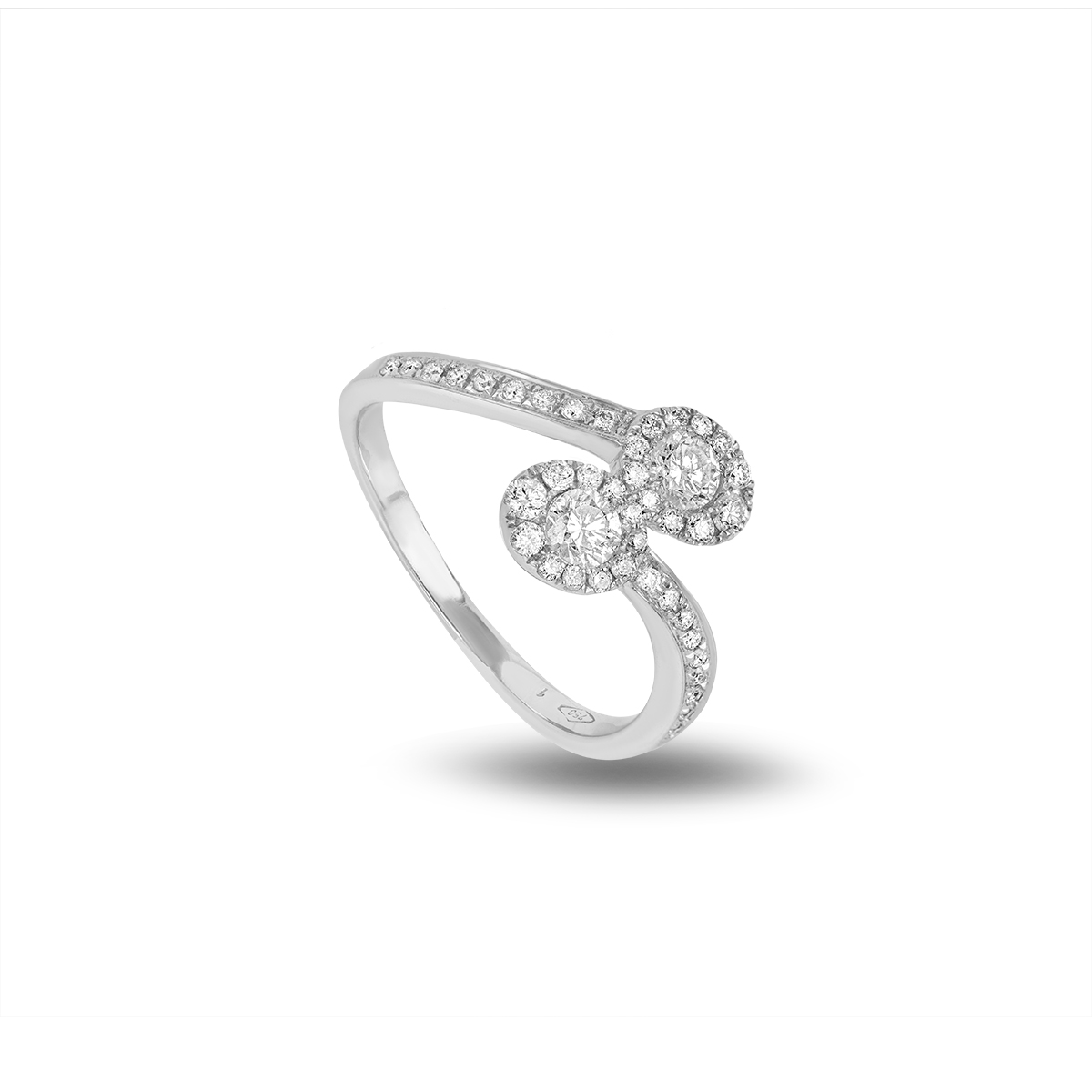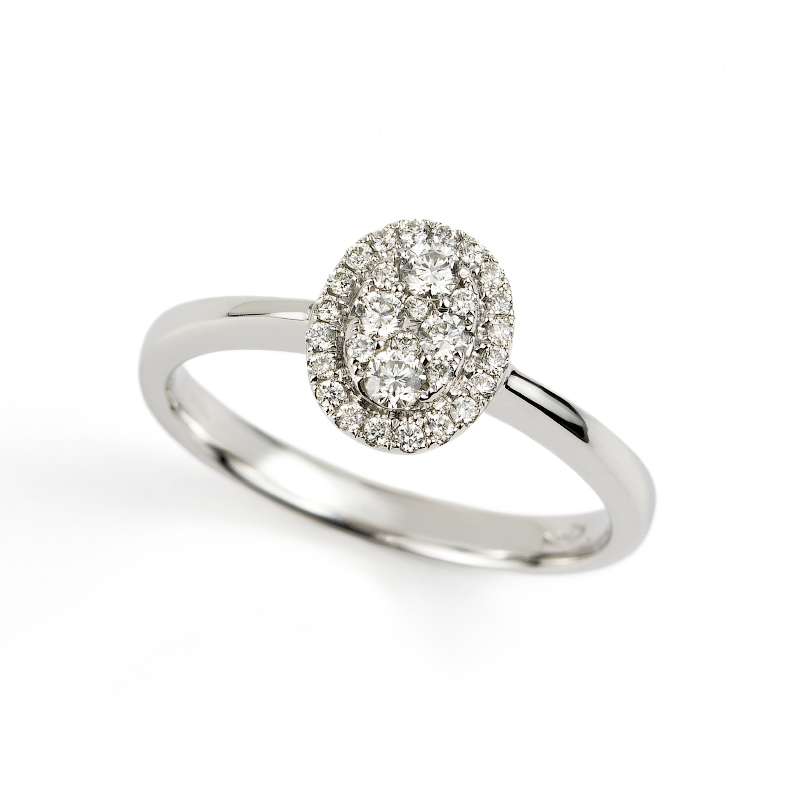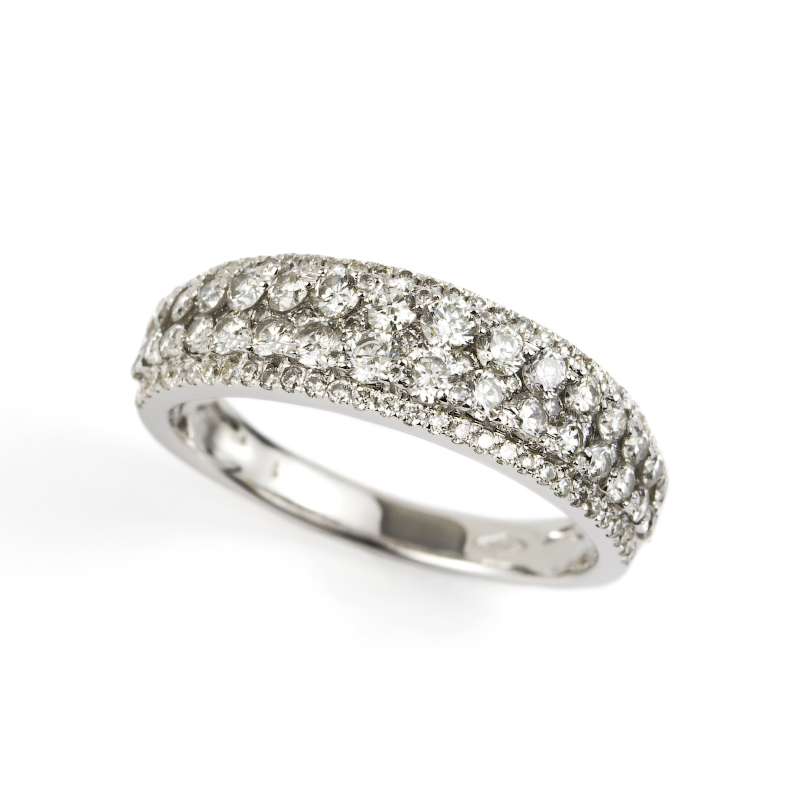Loose diamonds
Diamond has remarkable optical characteristics making it perfect for use in jewellery. Because of its extremely rigid lattice, it can be contaminated by very few types of impurities, such as boron and nitrogen. Small impurities and defects in the lattice create colour in the diamond forming rare and special blue (boron), yellow (nitrogen), brown (lattice defects), green (radiation exposure), purple, pink, orange or red diamonds. Diamond also has a relatively high ability to disperse light of different colours (known as optical dispersion), which results in its characteristic lustre and sparkle. Along with its excellent optical and mechanical properties and notably its unparalleled hardness and durability, diamond is the most popular gemstone.

Natural diamonds form at high temperature and high pressure deep within the Earth’s mantle at depths of between 140 to 190 kilometres (87 to 120 miles). Minerals containing carbon provide the carbon source for the process to begin, and the growth occurs over extensive periods of time from 1 billion to 3.3 billion years (25% to 75% of the age of the Earth). Diamonds are then brought closer to the Earth’s surface through deep volcanic eruptions of magma, which cools into igneous rocks known as kimberlites and lamproites.
In the 20th century, gemologists developed methods of grading diamonds based on the characteristics most important to their value as a gem. Four characteristics known as the four Cs are now commonly used as the basic descriptors of diamonds: carat, cut, colour, and clarity.
Carat weight and cut angles are mathematically defined, while the clarity and colour are judged by the trained human eye and are therefore open to slight variance in interpretation.
To find out more about the 4 C’s, please visit our diamond Education page.
There are two major non-profit gemological associations which grade and provide reports (also known as a certificate or cert) on diamonds;
1) The Gemological Institute of America (GIA) was the first laboratory in America to issue modern diamond reports, and is held in very high regard amongst gemologists for its consistent, conservative grading. Where possible, we supply these trusted reports with our diamonds.
2) The Diamond High Council (HRD) Official certification laboratory of the Belgian diamond industry, located in Antwerp is another trusted laboratory in diamond grading.

Within the last two decades, a number of for-profit gemological grading laboratories have also been established, many of them also based in Antwerp, New York and London. These laboratories also provide similar services to the GIA and HRD but generally in a less expensive and more timely fashion. They produce certificates similar to those of the GIA.

Find your perfect jewellery piece featuring diamonds, whether set in 18ct yellow gold, 18ct white gold, 18ct rose gold or platinum. At Rich Diamonds, we have a wide range of round brilliant cut diamonds of different sizes and grades as well as a large selection of fancy shape diamonds including pear, marquise, princess (square) cut, oval, emerald/baguette cut and many more.
Take a look at our diamond set rings, bracelets and bangles, earrings, necklaces, cufflinks and engagement jewellery often beautifully accented with a splash of colour from sapphires, rubies, emeralds and other coloured gems.
Browse the stylish range of Jewellery, Loose Diamonds and keep up to date with our New Arrivals.




